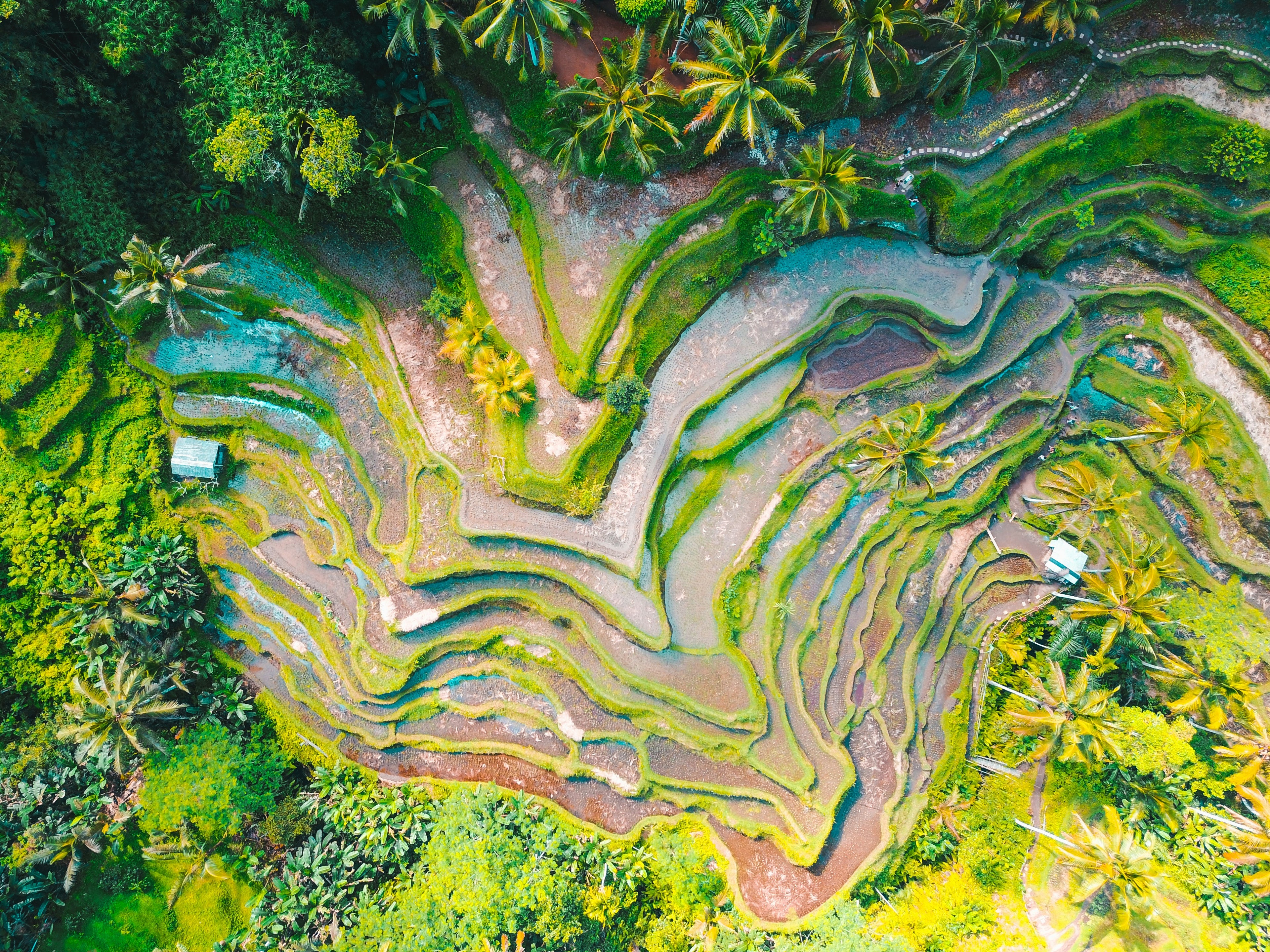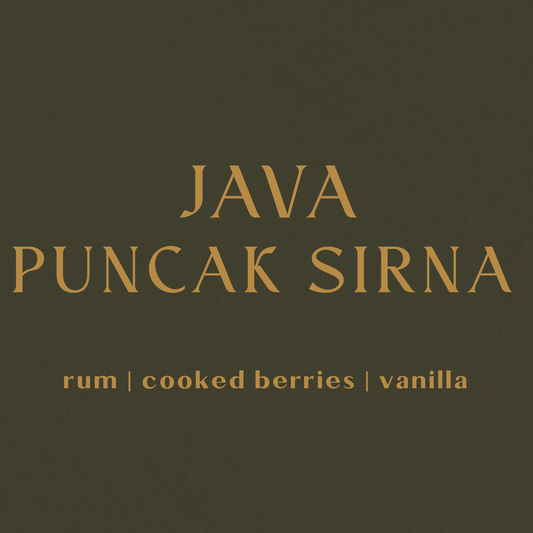
Indonesia
Coffee Production in Indonesia: Past and Present Overview
1. Historical Background
Coffee was first introduced to Indonesia by Dutch colonialists in the late 1600s, making it one of the earliest non-African coffee-producing nations. The Dutch East India Company (VOC) planted Arabica trees—primarily Typica—on the island of Java, and by the early 18th century, Indonesia had become a major coffee supplier to Europe. These early plantings positioned Java as a global coffee origin, to the point where “Java” became a common synonym for coffee itself.
Indonesia's early dominance waned in the 19th century after widespread leaf rust (Hemileia vastatrix) devastated Typica cultivars. In response, robust and disease-resistant varieties like Liberica and eventually Robusta were introduced. Today, Robusta dominates Indonesia’s output, but the country still produces significant volumes of Arabica—especially in high-altitude regions such as Sumatra, Sulawesi, and Java’s Ijen Plateau.
2. 20th Century Growth and Regional Diversification
During the 20th century, Indonesia's coffee sector evolved into a decentralized, smallholder-dominated system. While Dutch-run estates remained in operation (especially in Java), post-independence land reforms in the mid-1900s gave rise to millions of small farms. As a result, most Indonesian coffee today comes from farms averaging less than two hectares in size.
Key Arabica-producing regions expanded during this time, including:
Sumatra: Known for Gayo, Lintong, and Mandheling coffees, processed primarily using the wet-hulled (giling basah) method.
Sulawesi: Especially Toraja and Enrekang regions, producing spicy and clean-washed Arabicas.
Java: Home to legacy government estates producing balanced washed coffees.
Flores, Bali, and Papua: Smaller origins that emerged as specialty regions toward the end of the century.
Indonesia became renowned for its unique processing techniques, particularly wet-hulling, which contributed to the heavy-bodied, earthy profiles often associated with Sumatran coffees.
3. Present-Day Production and Export Trends
Indonesia is the fourth-largest coffee producer globally, following Brazil, Vietnam, and Colombia. It produces between 10 and 12 million 60-kg bags annually, with approximately 80% being Robusta and the remaining 20% Arabica. The country exports a majority of its coffee, with the United States, Japan, Europe, and Malaysia as major buyers.
Arabica coffees from Indonesia are sought after for their distinctive profiles—ranging from earthy and full-bodied Sumatras to clean, sweet Javas and floral, high-altitude Papuas. Specialty coffee buyers increasingly seek out microlots and traceable smallholder coffees, which are often processed using natural, honey, or controlled washed methods.
Traceability and quality have improved in recent years through government and NGO programs, as well as private-sector investment. Certifications such as Organic, Rainforest Alliance, and Fair Trade are common, especially among cooperatives and farmer groups targeting export markets.
4. Market Dynamics and Trade Challenges
Indonesia’s coffee sector faces several structural challenges. These include:
Climate volatility, particularly erratic rainfall affecting flowering and fruit development.
Infrastructure gaps in rural areas that limit access to mills and export facilities.
Processing variability, which can lead to inconsistencies in cup quality.
Low productivity, with yields below the global average due to aging trees and limited access to agronomic support.
However, the market is responding. The Specialty Coffee Association of Indonesia (SCAI) plays a major role in promoting quality and transparency, helping establish regional identities and geographical indications like Kopi Gayo (Aceh), Java Ijen-Raung, and Kopi Flores Bajawa. New experiments with processing—such as anaerobic fermentation and natural drying—are also on the rise, appealing to specialty buyers seeking differentiation.
5. Outlook
Indonesia’s future in the global coffee industry looks promising, though success will depend on investment in sustainability, infrastructure, and farmer education. While Robusta will continue to dominate volume, the country’s Arabica sector is evolving toward greater traceability, quality, and specialty recognition.
With a unique mix of processing traditions, island-specific terroirs, and strong heritage, Indonesia stands out as a region of distinct cup profiles and cultural richness. Continued improvements in logistics, quality control, and climate resilience will help position Indonesia as a top-tier specialty origin alongside its high-volume export role.
Shop Coffees from Indonesia
-
 Sold out
Sold outJava Puncak Sirna
Regular price From $20.00 USDRegular priceUnit price / per

